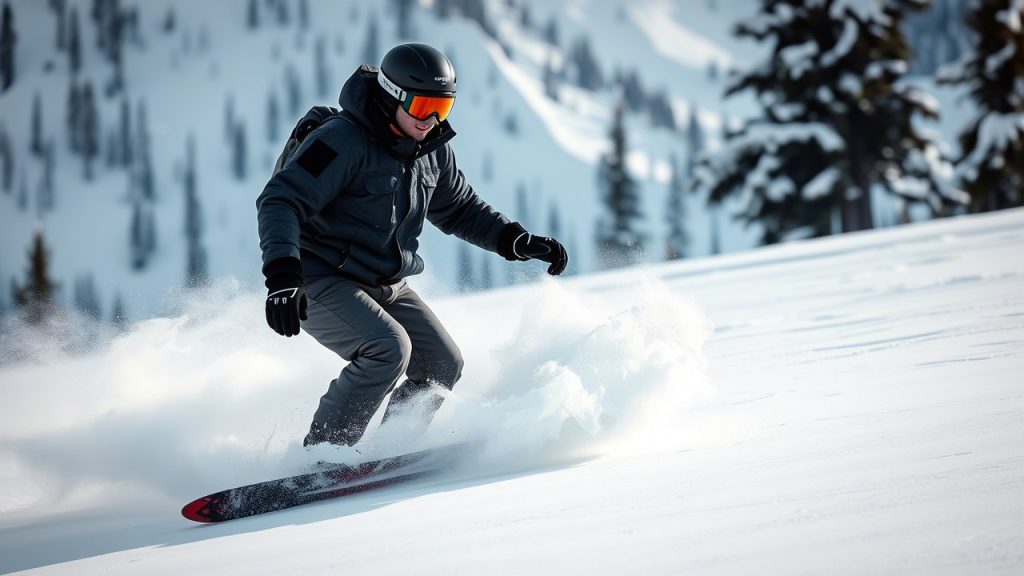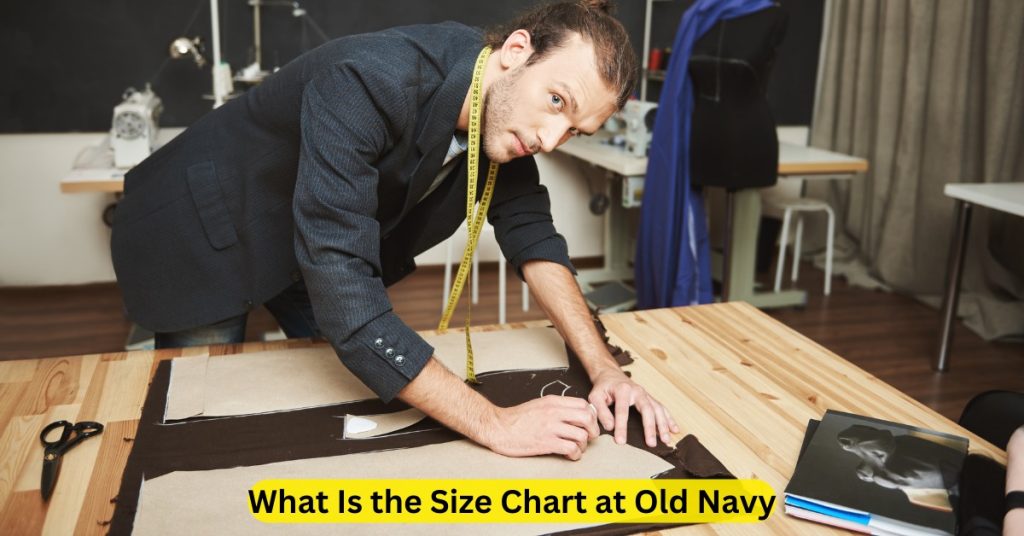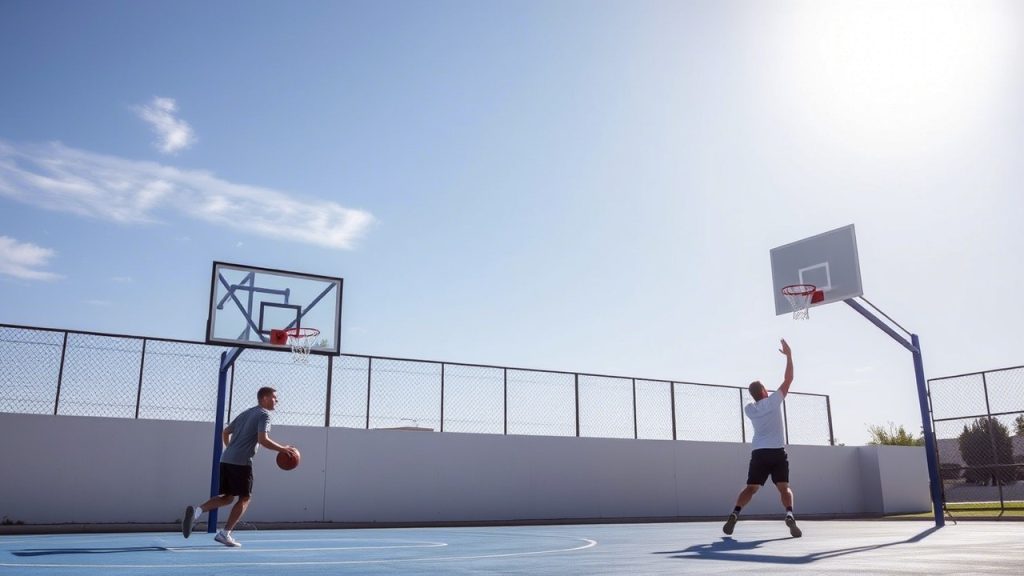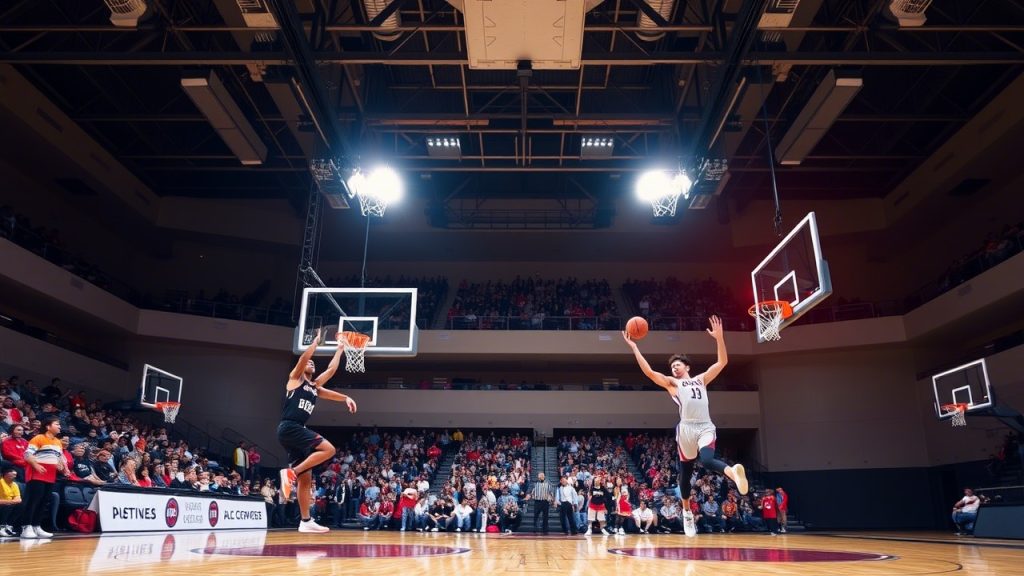Snowboarding is exhilarating, but long days on the mountain can take a toll especially on your legs. Leg fatigue is one of the most common challenges riders face, often limiting how much time they can enjoy the slopes. If you want to extend your riding sessions and feel fresher after every run, the right snowboard choice can make a massive difference.
This guide dives deep into the 6 best Burton snowboards designed to reduce leg fatigue in a week or less. Whether you’re an intermediate rider looking to ride longer or an advanced rider seeking better control and less exhaustion, these Burton boards combine innovative technology, thoughtful design, and rider feedback to keep your legs energized.
Why Does Snowboarding Cause Leg Fatigue?
Understanding why your legs get tired helps you appreciate the importance of choosing the right board. Here’s what happens on the mountain:
- Constant muscular engagement: Your legs are in near-constant flex to absorb bumps, maintain balance, and control the board.
- Impact absorption: Landing jumps and riding uneven terrain creates repetitive strain on your muscles and joints.
- Improper equipment: A board that’s too stiff, heavy, or lacks shock absorption forces your muscles to work harder.
- Poor technique: Sometimes, the board and your stance might not align perfectly, leading to quicker fatigue.
The good news is that Burton snowboards have evolved with technologies focused on reducing leg strain and enhancing rider comfort—helping you ride longer, stronger, and with less fatigue.
How Burton Snowboards Help Reduce Leg Fatigue
Burton snowboards utilize advanced features to minimize the physical stress on your legs:
- Squeezebox Technology: This core construction redistributes energy to provide more pop with less effort, allowing you to push off with ease.
- Flying V Profile: A hybrid rocker-camber shape that offers a softer, catch-free ride while maintaining control, reducing muscle strain.
- Channel Mounting System: Customizable stance options improve your biomechanics, making turns easier and reducing stress.
- Lightweight Materials: Less weight means less energy spent controlling the board.
- Dampening Systems: Reduce vibrations and shock impact for smoother rides.
What to Look for in a Burton Snowboard to Reduce Leg Fatigue
- Flex: Medium flex balances support and forgiveness, reducing muscle exhaustion. Too stiff or too soft can increase fatigue.
- Profile: Hybrid rocker-camber profiles like Flying V improve comfort and control.
- Weight: Lightweight boards are easier to maneuver and reduce overall effort.
- Shape: Directional twin or directional boards offer stability and easier turns.
- Core and Construction: Look for boards with carbon or wood core and energy-efficient designs like Squeezebox.
6 Best Burton Snowboards to Reduce Leg Fatigue in a Week
1. Burton Custom Flying V
Why it reduces leg fatigue:
The Burton Custom Flying V combines camber and rocker profiles, creating a smooth, forgiving ride that’s easier on your legs. Its medium flex and lightweight core allow for effortless turns and reduced muscle strain.
Key Features:
- Flying V hybrid profile for comfort and control
- Squeezebox core technology for enhanced pop without extra effort
- Directional shape balances stability and maneuverability
- Sintered base for speed with less effort
Ideal for: All-mountain riders looking to ride longer with less fatigue.
2. Burton Process Flying V
Why it reduces leg fatigue:
This board is designed for freestyle and all-mountain versatility with a forgiving Flying V profile. It has a medium-soft flex that absorbs shocks, reducing the impact on your legs during jumps and landings.
Key Features:
- Flying V rocker-camber profile for easy turn initiation
- Twin shape for balanced ride and switch control
- Lightweight core construction
- Frostbite edges for grip without extra muscle effort
Ideal for: Freestyle riders who want to reduce fatigue while still pushing tricks.
3. Burton Skeleton Key
Why it reduces leg fatigue:
The Skeleton Key is a freeride-focused board with directional camber for stability and control at speed. It uses Burton’s Squeezebox technology to enhance energy transfer efficiently, requiring less effort for powerful turns.
Key Features:
- Directional camber profile for powerful, precise turns
- Squeezebox core boosts pop without fatigue
- Stiff flex supports aggressive riding without tiring your legs
- Sintered base for faster rides
Ideal for: Advanced freeriders who want reduced leg strain in aggressive conditions.
4. Burton Flight Attendant
Why it reduces leg fatigue:
Designed for backcountry and powder, the Flight Attendant’s rocker nose and camber underfoot help absorb shocks and improve float. Its medium-stiff flex offers stability with smooth flex, preventing leg fatigue on varied terrain.
Key Features:
- Hybrid profile with rocker nose for smooth absorption
- Directional shape for float and control
- Squeezebox core for energy-efficient pop
- Lightweight and durable construction
Ideal for: Riders tackling varied terrain wanting less fatigue on longer rides.
5. Burton Kilroy Custom Flying V
Why it reduces leg fatigue:
A lighter and more forgiving board with a playful Flying V profile and medium-soft flex. The Kilroy Custom absorbs shocks well, making it easier to ride all day without tiring your legs.
Key Features:
- Flying V profile for forgiving turns
- Twin shape for switch and regular riding
- Extruded base for lower maintenance and lighter weight
- Balanced flex ideal for less muscle strain
Ideal for: Park riders and beginners wanting to extend ride time.
6. Burton Custom Camber
Why it reduces leg fatigue:
The classic camber board with Squeezebox technology for pop and energy transfer. Its balanced flex and directional shape make carving efficient, meaning less effort from your legs when pushing hard.
Key Features:
- Full camber profile for edge hold and control
- Squeezebox core for power with reduced effort
- Directional shape aids carving stability
- Lightweight, durable materials
Ideal for: Intermediate to advanced riders wanting precise control without tiring fast.
How to Reduce Leg Fatigue While Snowboarding
Choosing the right board is a big part, but also consider these tips to complement your gear and keep fatigue low:
- Warm-up and stretch: Prepare your muscles before hitting the slopes.
- Proper stance and binding setup: Optimize comfort and reduce strain.
- Take breaks: Rest your legs frequently to avoid overuse.
- Use supportive boots: Ensure your boots fit well and provide proper ankle support.
- Stay hydrated and eat well: Maintain energy levels to avoid muscle fatigue.
9 Frequently Asked Questions
1. What is the best snowboard flex to reduce leg fatigue?
Medium flex is generally best. It provides enough support for control without being too stiff, which can tire your legs.
2. How does Burton’s Squeezebox technology help with fatigue?
It redistributes energy for better pop and control, meaning you expend less effort for powerful turns and jumps.
3. Are Flying V profiles better for leg fatigue than camber?
Flying V boards offer a softer, catch-free ride that reduces muscle strain, but camber boards provide better edge control. Hybrid profiles combine both benefits.
4. Should I focus on lightweight snowboards?
Yes. Lighter boards are easier to maneuver, requiring less energy and reducing fatigue.
5. Can binding stance adjustments reduce leg fatigue?
Absolutely. Finding the right angle and width improves your biomechanics and reduces muscle stress.
6. Does boot fit impact leg fatigue?
Yes, well-fitted boots with good support help reduce muscle strain and prevent fatigue.
7. How often should I wax my snowboard to aid performance?
Regular waxing every few rides keeps your board fast and reduces effort needed to glide.
8. Will a stiffer board always cause more leg fatigue?
Not necessarily. Stiff boards provide stability and control at speed but require good technique to avoid fatigue.
9. Can I reduce leg fatigue by improving my riding technique?
Definitely. Proper posture, weight distribution, and smooth turns conserve energy.
Final Thoughts
Reducing leg fatigue while snowboarding isn’t just about physical conditioning—it’s also about having the right equipment. Choosing any of these 6 best Burton snowboards to reduce leg fatigue in a week will help you ride longer, enjoy more, and progress faster. These boards blend technology, comfort, and performance to keep your legs fresh run after run.
Remember, pairing your board with proper boots, binding setup, and riding habits will amplify these benefits. So invest wisely, practice smart, and get ready to shred the mountain without the burn.





